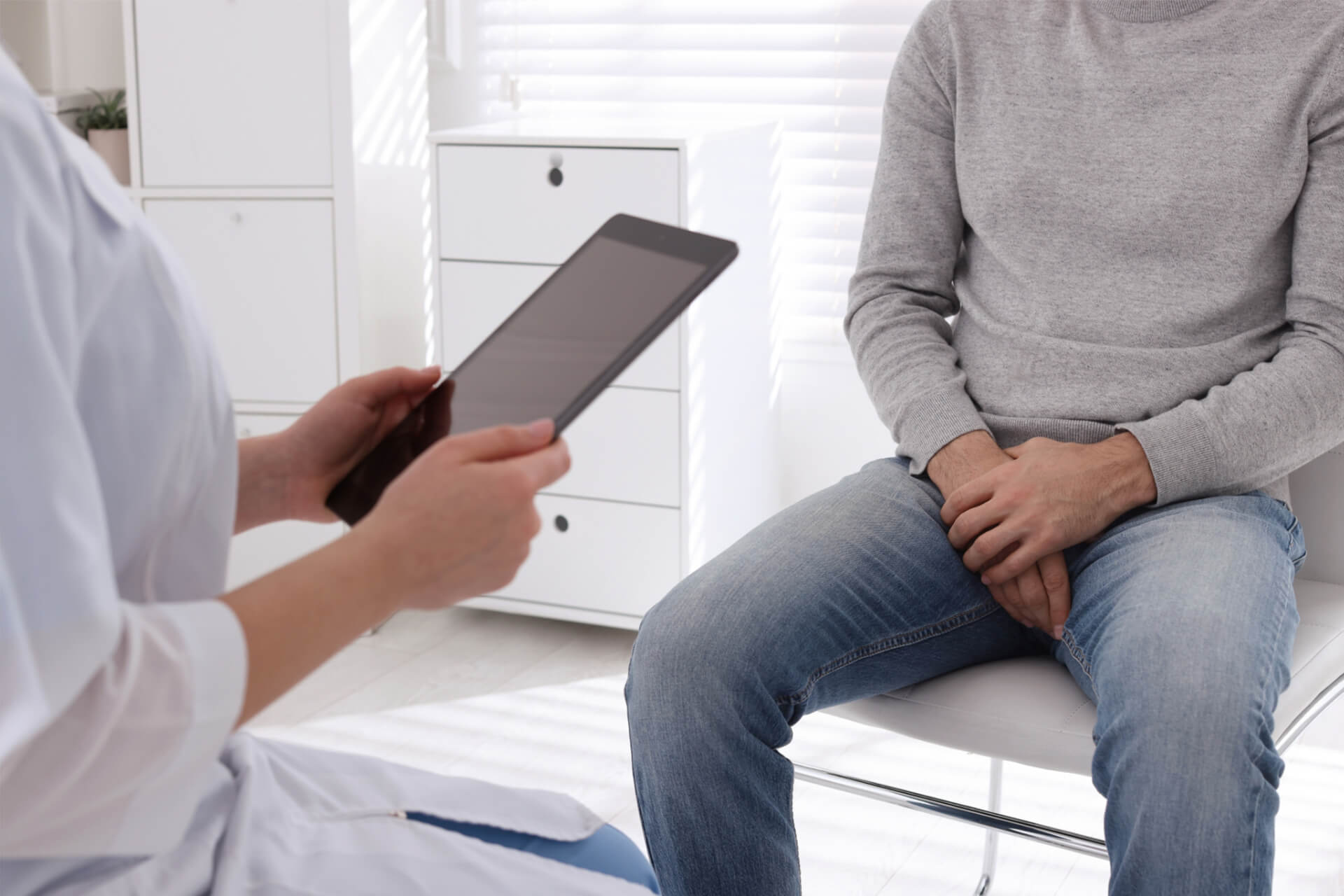Post-exposure prophylaxis (PEP) with antiretroviral drugs plays a critical role in preventing HIV infection across different exposure situations. Each scenario requires specific guidelines to ensure the effective use of PEP.
OCCUPATIONAL EXPOSURES
Occupational exposure involves situations where healthcare workers encounter HIV through needle sticks or other injuries. In such scenarios, immediate evaluation is crucial to determine potential risks and initiate PEP within 72 hours. The use of antiretroviral medication can significantly reduce the likelihood of HIV transmission. Adherence to protocols and guidelines is essential to maximize the effectiveness of PEP.
Healthcare settings often implement preventive measures like barrier protection to minimize these exposures. Regular training and awareness are also vital for healthcare workers, ensuring prompt action if exposure occurs. Post-exposure monitoring and follow-up testing are also part of the comprehensive approach to managing occupational risks.
NON-OCCUPATIONAL EXPOSURES
Non-occupational exposures include contact through unprotected sex, sexual assault, or injection drug use. These situations require rapid evaluation by healthcare providers to assess the need for PEP, which is effective when administered within 72 hours of exposure. Antiretroviral drugs can prevent the establishment of persistent infection if taken in time.
Individuals are advised to report possible exposures immediately to receive appropriate evaluation and treatment. PEP for non-occupational situations is available from emergency departments and clinics, ensuring access to those at risk. Continuous education for the public about the availability and importance of PEP can enhance prevention efforts.
EXPOSURES IN HEALTHCARE SETTINGS
Healthcare settings present unique challenges and opportunities for effective PEP implementation. In these environments, protocols are established for swift action following an incident. Exposure types, such as needle sticks, require specific guidelines to evaluate potential infection risks and administer PEP promptly.
Training programs for healthcare professionals highlight the importance of timely intervention and adherence to prescribed PEP regimens. Monitoring the individual’s response and conducting follow-up tests are standard practices. Hospitals and clinics often have resources and dedicated teams to manage exposure incidents efficiently, ensuring the safety of both patients and healthcare personnel.















